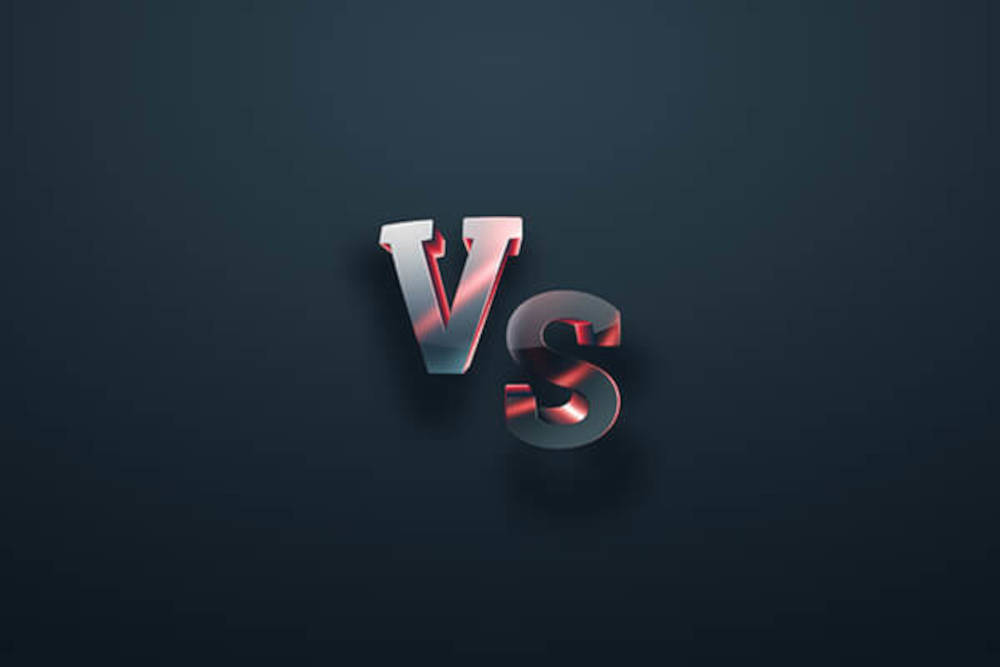Tools
Sales Funnel vs Shopify: What You Need To Know?
Sales Funnel vs Shopify: What You Need To Know? Why do you need a sales to funnel if you currently have a Shopify account? Is there even a difference between the two?
Yes, there is a major difference between Shopify and a sales funnel. One of the other can’t do both. While Shopify is an excellent tool for creating an e-commerce website, a sales funnel is developed to drive and home in on selling a specific service or product.
Let’s explore these differences, and help you decide what to use between the two. For sure, you cannot use one to fulfill the duties of both an e-commerce site and a sales-driven web page.
Differences in Function: Sales Funnel vs Shopify
Shopify is a tool or platform which lets you build a website. With Shopify, you can enjoy cool features like a pre-built online store motif, payment processing systems, analytics, reporting, unlimited product uploads, SSL, and so much more. While you may also find similar services from a sales funnel supplier, the key distinction is their function.
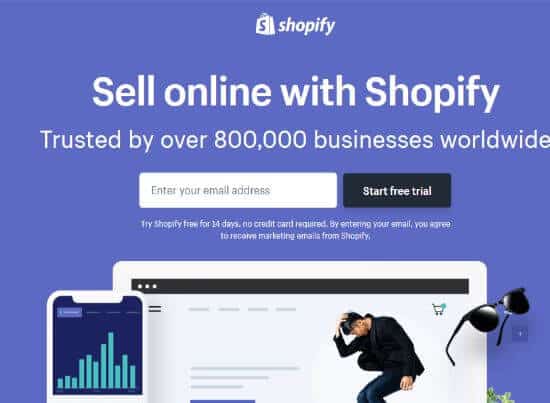
Shopify has been built to showcase your products. It’s similar to a bookshelf where the books you sell are exhibited. A customer may browse your product, read the information or details about it, and then end up not buying because there are so many products on display.
Shopify also has a blog, and you can load as many entries as you want, and then use the right keywords so the search engines would love you. You may get inbound traffic because of this, and then improve your website visitors on a monthly basis. The more site visitors you have, the more likely you’ll have sales. Normally, the conversion rate of online shops is 3%, so it’s fair to expect that for each 100 site visitors, three will make a purchase.
A sales funnel wasn’t designed to be a bookshelf. It is a marketing tool that will answer all possible questions your customer might have. It starts with a landing page, and with this landing page, you pose a problem to your potential customer.
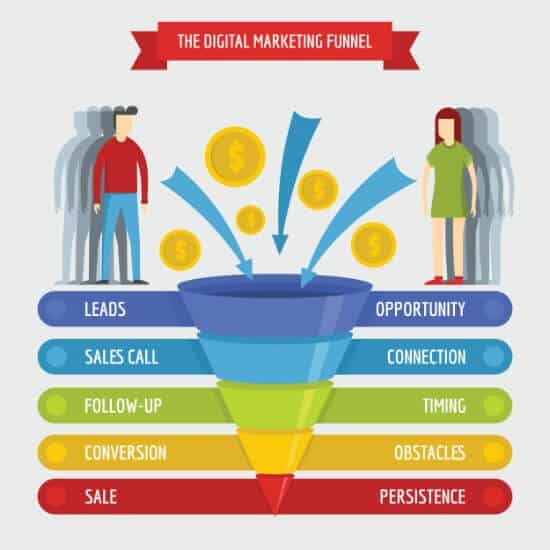
As the customer keeps on reading, he will start to realize that he wants your product and you have the answer to his problem. Using a sales funnel, you can also have domain names, SSL, and a checkout page that will allow you to charge your consumers just 1 time, or charge them for a monthly subscription.
Differences in Navigation: Sales Funnel vs Shopify
Whenever you take a site visitor to Shopify, the first thing he sees is your website home page. Typically, the website has sliders or videos; then you have pop-ups of games or banners that will give either a discount or offer a promotion.
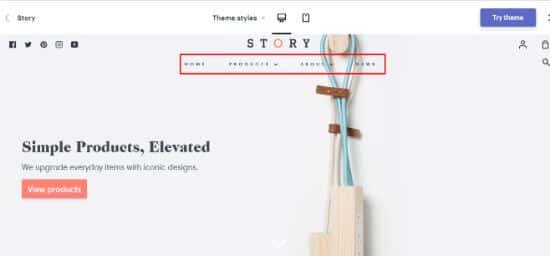
With a sales funnel, a site visitor cannot do this. You may take the visitor’s hand and guide him step by step. In a Shopify store, what you need is for a customer to enjoy your product, and hope he buys because you offer your goods for lower prices than your competitors.
In a sales funnel, you want as many people to go to your landing page, and then you will take them to step by step on the following journey:
- Explain the problem on the landing page
- Provide the answer to this problem
- Show the customer the item pricing table
- Discuss the different benefits of the product or the programs
- supply an opt-in to the email subscription of the client is not yet ready to buy
- supply an opt-in to the email subscription in exchange for a free digital product
- Send an email thanking the client for subscribing
- Send email advertising campaigns to the client
- Offer free eBooks or webinar so the client can understand your product in action
- Convince the client to purchase, then the client makes a purchase
- Attempt to upsell to the customer for more value for money
- supply the customer with the product or the service
These measures are taken in that specific order. Some online marketers may alter that, like removing the free offers for subscription, but the general order of activities is the same. Why is this necessary? In Shopify, what you’re offering is a shopping experience. Think of your store as a shopping mall. Folks go there all the time, and they will buy if they see something that they like.
This individual will speak to you and present to you the issue of not having one. And then he’ll tell you how his product will fix this problem, and then show you your different choices.
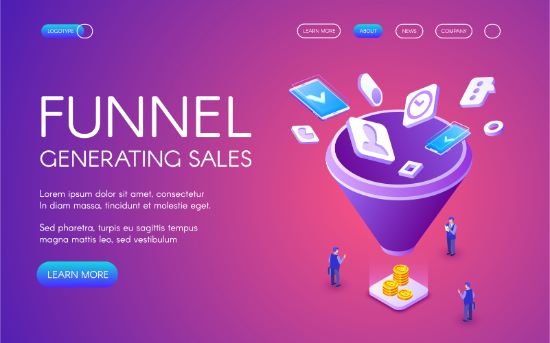
Should you not buy life insurance now, he will call you after a week. Maybe he’ll give you a few free items from time to time, like a fee tote or notebook. There’ll come a time when you would decide that yes, maybe you will need this life insurance, which means you will call the agent and subscribe to an insurance package.
Differences in Features
Since the goals of Shopify and sales funnels are different, do not be surprised that they also have different capabilities. Although the rates are at the exact same range, the kinds of internet or internet programming tools and software you’ll get are also distinct. You might find some similarities, so let us have a look at these attributes.
Shopify Feature:
- Lots of themes from many developers
- Many payment processors
- Website
- Revenue Analytics
- Mobile program
- Dropshipping apps and partner
Sales Funnel Features:
- A/B split testing
- Facebook advertisements
- Landing pages
- Opt-in pages
- One-time checkout our subscription
- The download of digital products
- Webinar uploads/webinar site creation for exclusive access to members
- Plenty of integrations
- Pre-made funnels
- Affiliate management platform
- Funnel duplication
- Lots of topics
As you can see, similar features are the payment gateways as well as the themes. Both are requirements in order to do business. But besides these two, you will discover that a sales funnel doesn’t have an app shop. Instead, you can just incorporate it with your already existing site.
Summary
The themes of Shopify are built to showcase your products, and this is why there are so many slots on the themes where you can upload photos. A sales funnel, on the other hand, is made to sell, and not just sell passively, but actively and with fire.
A sales funnel is just 1 web page. However, this web page is packed with useful information and benefits about one product or service.
In a sales funnel, there’s nothing to explore. In the end, the client faces a choice to whether to buy or ignore your offer. Shopify, though, can be accessed again and again, and it does provide a customer with a lot of distractions such as blogs, other goods, banners, and so many more.
>>>Join The One Funnel Away Challenge<<<


